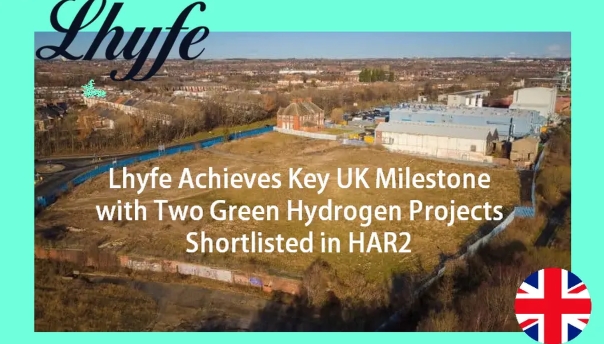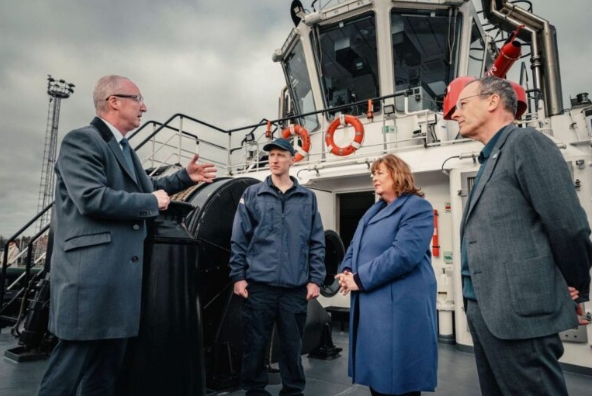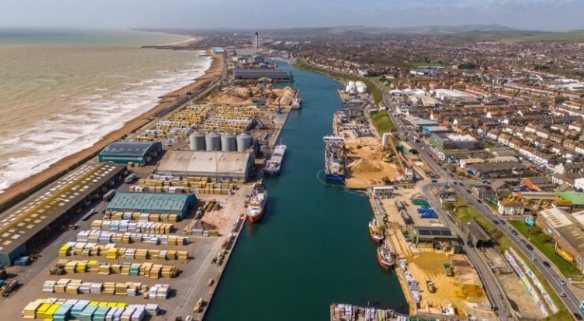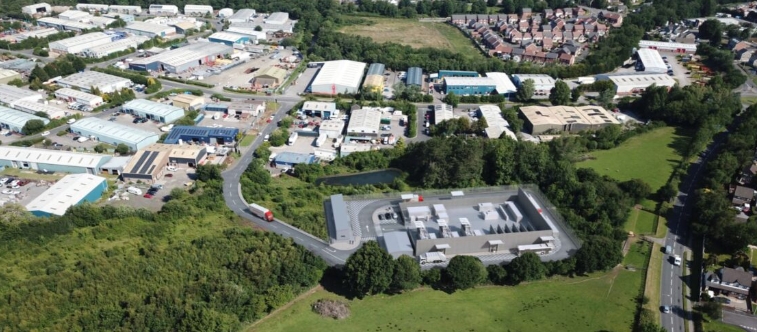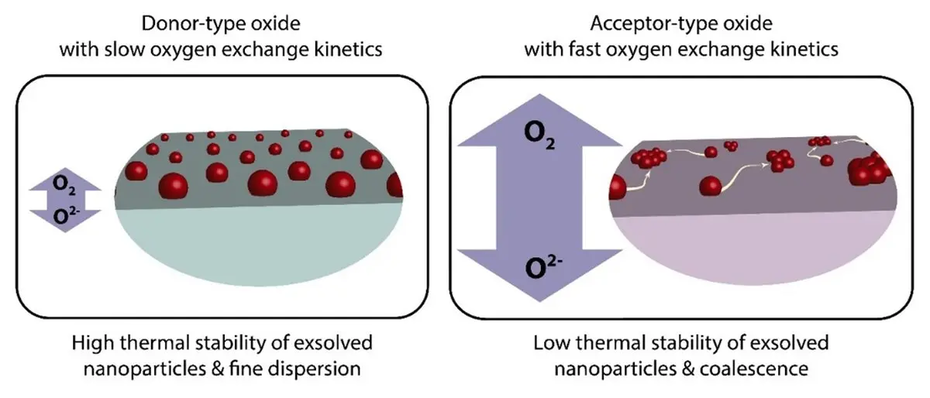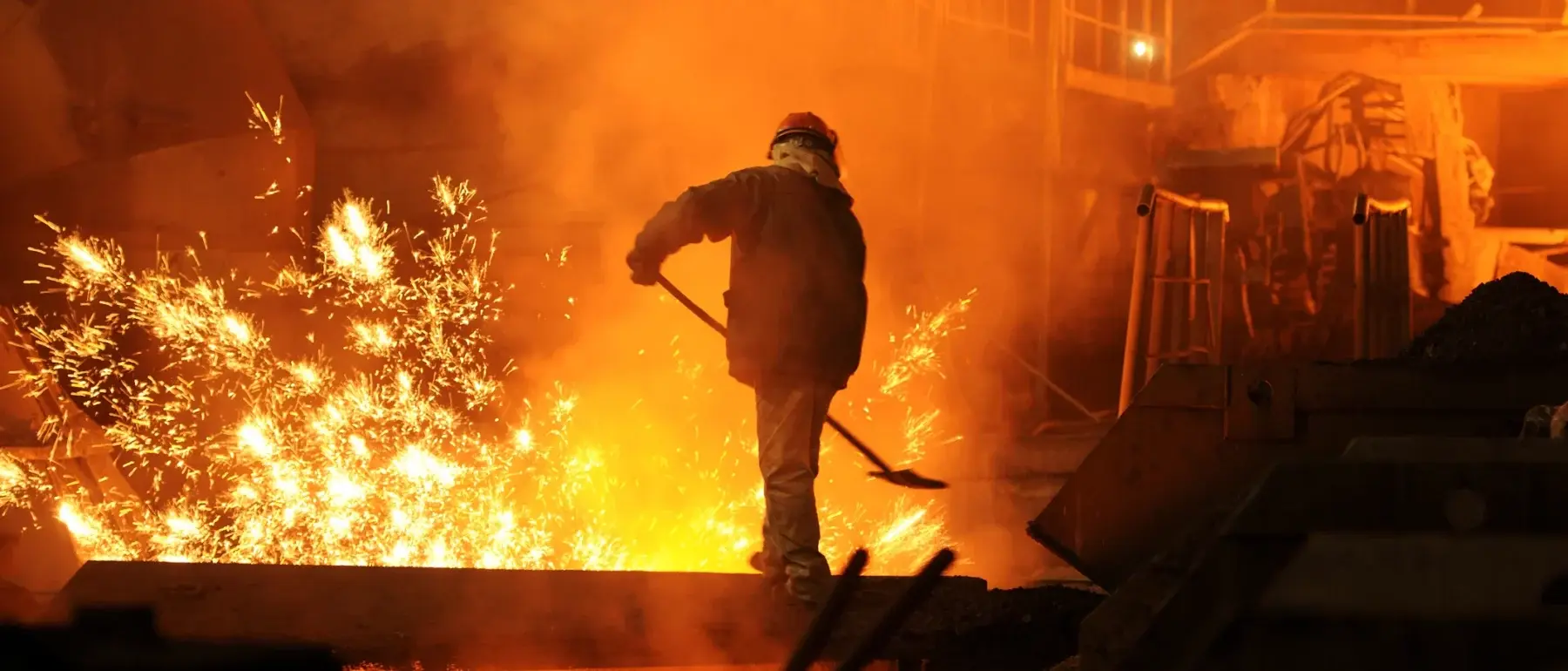
Both facilities plan to supply green hydrogen to industrial users and transport operators in their region, contributing to decarbonization efforts and the growth of the UK’s hydrogen economy.
The Kemsley facility, an 80 MW plant located in northern Kemsley, Kent, is designed to produce up to 32 tonnes of green hydrogen daily, primarily for a local industrial partner. The Wallsend project, a 20 MW facility situated at the former Neptune Bank Power Station site in Wallsend, North Tyneside, plans to generate up to 8 tonnes of green hydrogen per day. These initiatives align with efforts to provide sustainable energy solutions tailored to regional needs.
Under the HAR2 framework, successful projects receive financial backing through a Contract for Difference (CfD). This mechanism ensures a stable, long-term price for the hydrogen produced, improving project viability and investor confidence. The selection of Lhyfe’s projects highlights their potential to contribute significantly to the UK’s renewable energy goals.
Boris Davis, Head of Business Development UK at Lhyfe, expressed enthusiasm about the milestone, stating: “We are delighted that our Wallsend and Kemsley projects have been shortlisted, given the fiercely competitive nature of the process. This demonstrates the government's confidence in Lhyfe’s ability to rapidly develop and operate high-capacity sites, and to meet the UK needs.” He added: “We look forward to working with the Department for Energy Security and Net Zero (DESNZ) to progress at pace to the next stage and ultimately get the production sites up and running.”
The advancement of these projects depends on securing final agreements with the UK Government, obtaining necessary operational, environmental, and building permits, and making a financial investment decision. Lhyfe’s efforts in Wallsend and Kemsley reflect a commitment to fostering sustainable energy solutions and supporting the UK’s transition to a low-carbon future.
